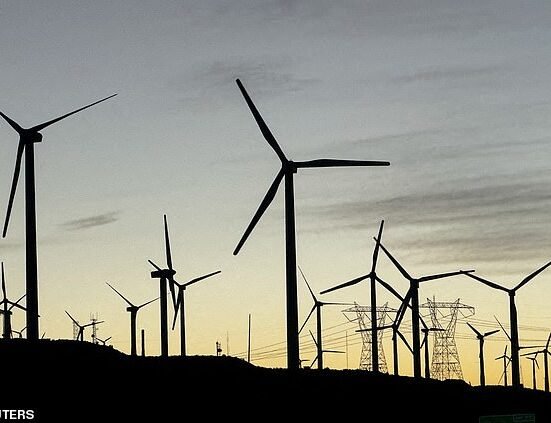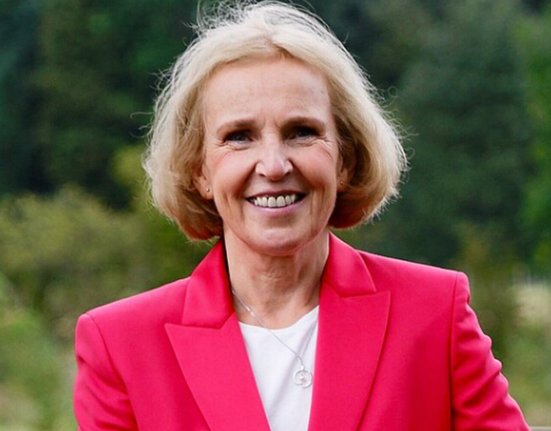The Government may reportedly cut the allowance on cash ISAs to encourage more people to invest their savings
The number of cash ISAs on offer has risen to the highest figure on record – at the same time the Treasury mulls the possibility of axeing them at the next Budget.
At the start of February there were 582 cash ISA deals available, according to figures from Moneyfacts, which is the highest number since it started recording accounts in February 2007.
The rise in the number of accounts available comes as the Treasury considers the possibility of scrapping or limiting cash ISAs in a bid to encourage Britons to put more money into investments like the stock market.
The choice of accounts rose as ISA rates also increased, with the average easy access ISA rate rising to 3.05 per cent from 3.03 per cent last month, the first rise since last August.
Rates have now dipped slightly to 3.04 per cent after the Bank of England cut interest rates at the start of the month.
Currently it is possible to put £20,000 a year into an ISA with all subsequent interest free of tax.
Usually, savers pay tax at their marginal rate after earning over a certain limit – £1,000 a year if they are a basic rate taxpayer, £500 if they are a higher rate payer, and £0 if they are an additional rate payer.
The two main types are cash ISAs and stocks and shares ISAs, which must be put into the stock market or similar investment vehicles – making more profit over time but also coming with more volatility.
But the Government has repeatedly refused to rule out putting new curbs on the cash form of the ISA.
Ministers are set to hold talks with investment firms in the coming months to discuss how to encourage more people to use their savings in a way that generates economic growth and higher returns for the saver, The i Paper understands.
No decisions on possible policy changes have been made and nothing is expected to be announced before the next Budget in the autumn, with any changes likely to take effect from April 2026.
A Treasury spokesman said in response: “We want to help people save for their future goals and build greater financial resilience across the country. We keep all aspects of savings policy under review.”
However, building societies and banks have spoken out against making changes to the cash ISA.
Tom Riley, Nationwide’s director of retail products, said: “Cash ISAs not only help ordinary people save efficiently but enable us to fund our first-time buyer lending. While we do not think the cash ISAs allowance should be reduced, we welcome the opportunity to make ISAs easier to understand and aligned to savers’ needs.
“That could include adding an additional allowance to the £20,000 ISA limit for the purpose of investing in stocks and shares.”
Chris Irwin, director of savings at Yorkshire Building Society, added removing cash ISAs as an option for savers would “have detrimental impacts on the financial well-being of many, along with increasing their tax liability”.
Cash ISA rates rising over past two years
Cash ISA rates have been far higher in the past two years than they have been historically over the past decade.
They have also generally offered lower rates than more typical savings accounts, but at the moment, many savers can get better rates in cash ISAs than they can in other types of cash accounts, even before tax considerations are made.
Plum offers an ISA paying 5.05 per cent and allowing three withdrawals a year, and Trading 212 offers an account paying 5.03 per cent that offers unlimited withdrawals.
No typical savings account offers a return of more than 5 per cent.
Many savers may be rushing to put money into a cash ISA at the moment as the £20,000 allowance for 2024-25 can only be used until the end of the tax year in April.
After this, savers get a new allowance but if they do not use this year’s, then it does not rollover.
Rachel Springall, finance expert at Moneyfacts, said: “Savers may feel a sense of optimism for a buoyant ISA season due to a record-breaking choice of cash ISAs.
“As the end of the 2024-25 tax year edges closer, now is the time for savers to ensure they are taking full advantage of their ISA allowances, and providers have been working hard to inject some healthy competition to entice deposits.
“It is also encouraging to see rates rise between the start of 2025 and the start of February across the savings spectrum, bar notice accounts which remained unchanged, but any swift celebration will be dampened by anticipated savings rate cuts, amid a drop to the Bank of England base rate and tumbling swap rates.”







